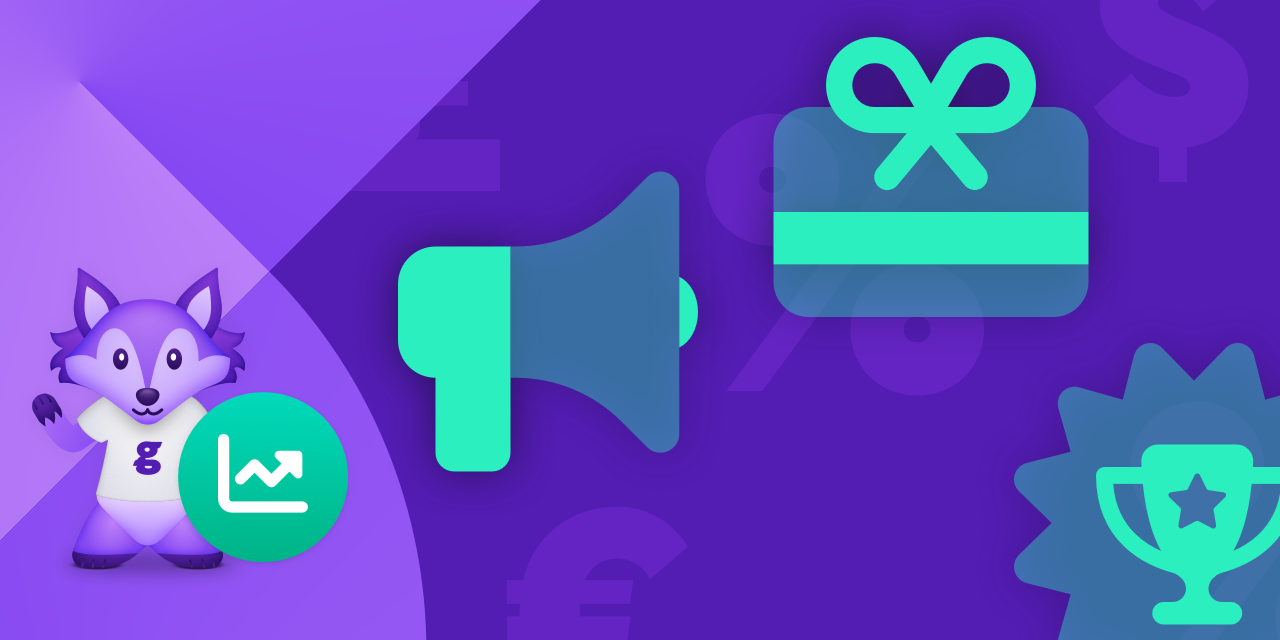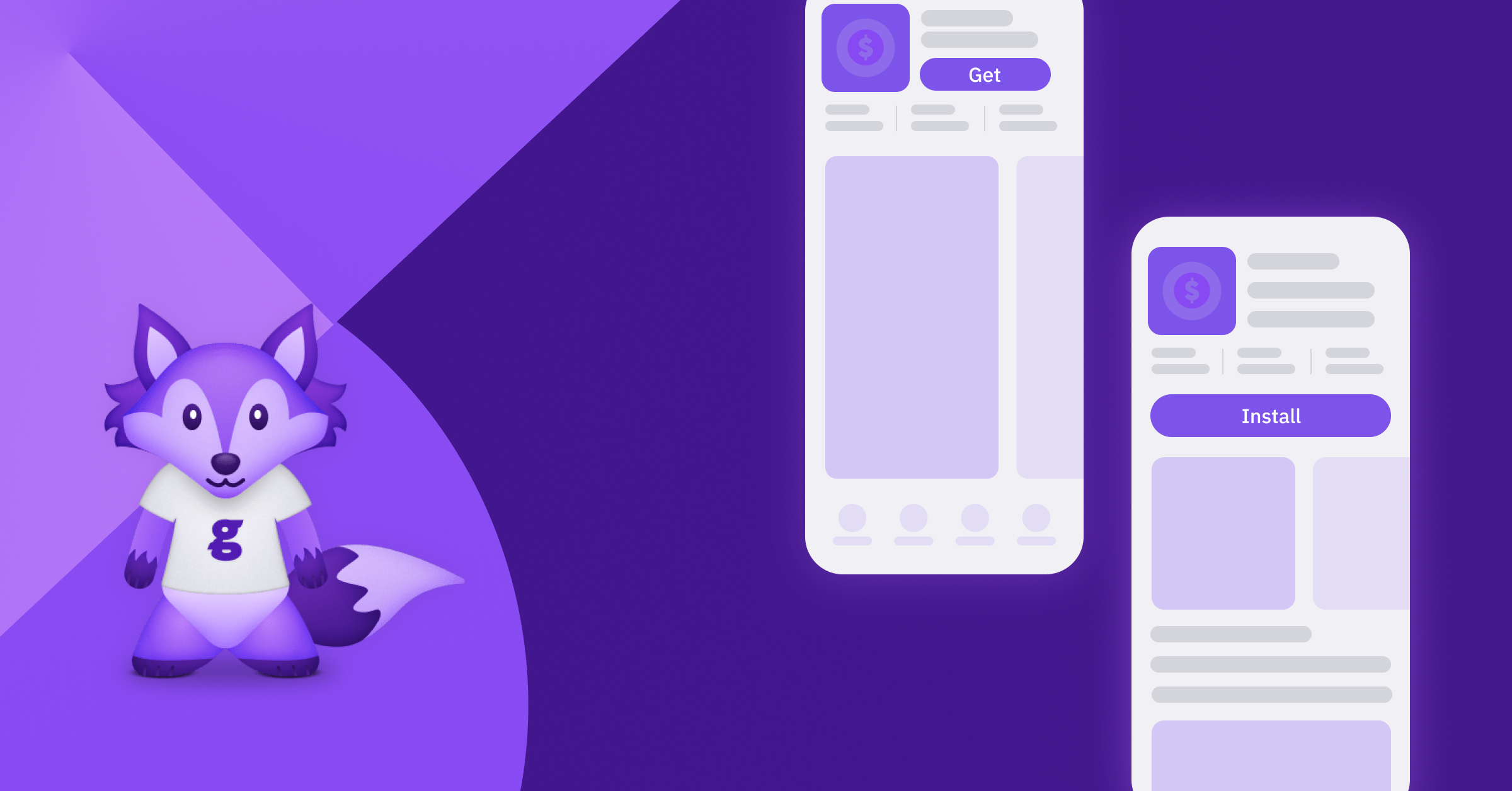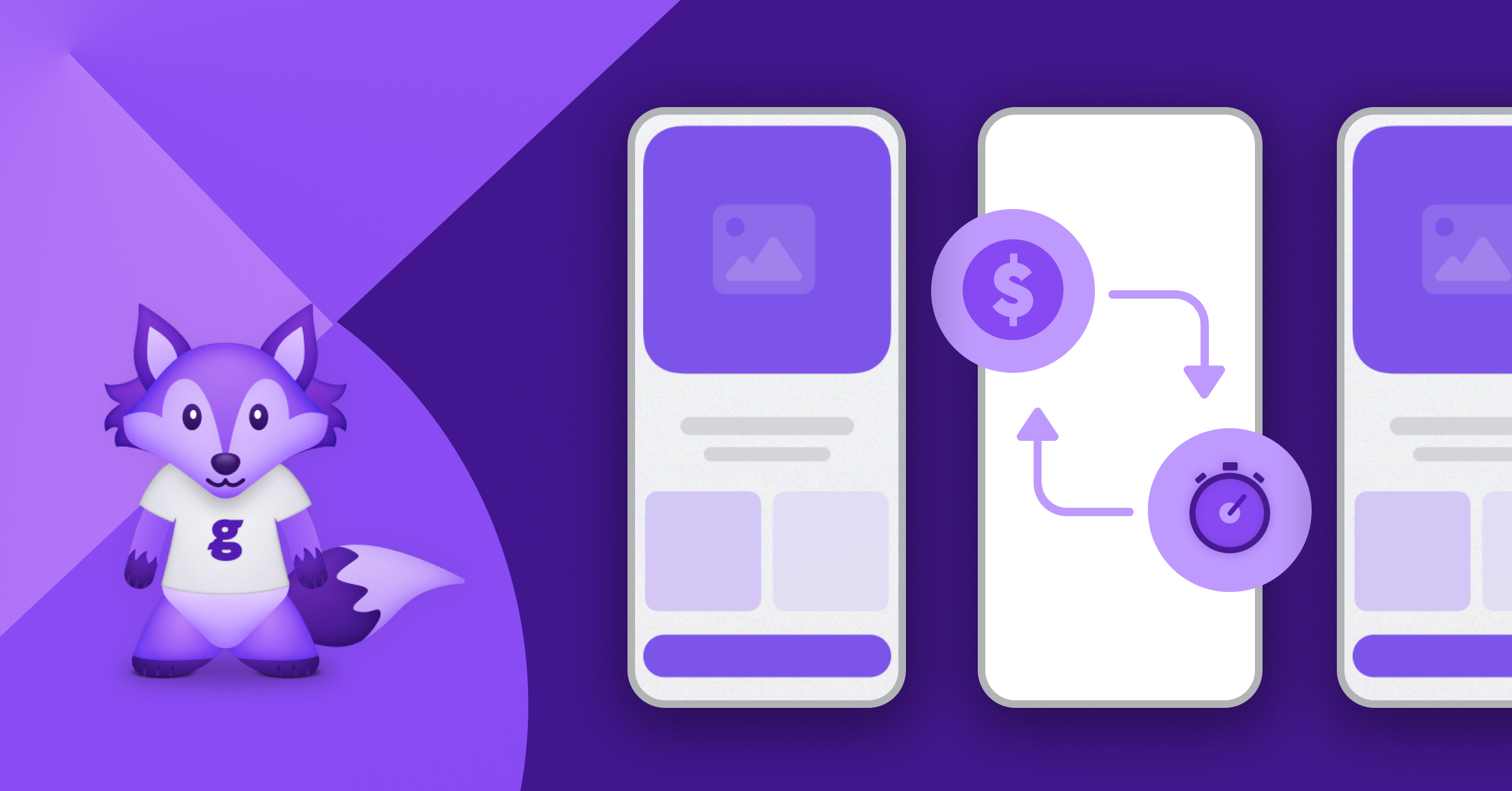Content
Unleashing the Power of Paid: Boosting Your Freemium Conversion Rate

Paid promotion offers a unique opportunity to reach a wider audience and drive more downloads, ultimately increasing your app’s revenue potential. By strategically leveraging paid campaigns, you can maximize your app’s visibility, attract more qualified users, and persuade them to take action.
But how exactly can you unleash the power of paid promotions? In this article, we’ll explore effective strategies and tactics that can help you boost your free app’s conversion rate. From optimizing your ad copy and creatives to targeting the right audience segments, we’ll guide you through the essential steps for success.
Whether you’re a seasoned app developer or just starting out, unleashing the power of paid promotions can be a game-changer for your app’s success. So, let’s dive in and discover how you can take your free app to the next level.
The Importance of App Conversion Rates
The success of any app depends on its ability to convert free users into paying customers. App conversion rate refers to the percentage of users who take a desired action, such as making an in-app purchase, or subscribing to a premium version. A high conversion rate indicates that your app is effectively attracting and engaging users, leading to increased revenue and growth.
Despite the significant user base, only a small percentage of these users ever upgrade to the premium offering. This presents a hurdle for businesses, as they need to generate revenue to sustain and grow their app business.
Let’s consider an example. Suppose you have 1,000 users who sign up for your free version, but only 1% of them actually subscribe to the premium version. That means you’re losing out on potential subscriptions from the remaining 99% of users. By optimizing your app’s conversion rate, you can tap into this untapped potential and drive more subscriptions and revenue.
Understanding the Concept of Paid App Promotion

Paid app promotion involves using paid advertising channels to promote your app and drive more subscriptions. Unlike organic app promotion, which relies on word-of-mouth, SEO, and app store optimization, paid promotion allows you to target specific audiences and reach a wider user base.
There are various types of paid app promotion, including search ads, display ads, social media ads, influencer marketing, and app install campaigns. Each type has its own advantages and can be customized to suit your app’s goals and target audience.
Benefits of Paid App Promotion
Paid app promotion offers several benefits that can help boost your freemium conversion rate and overall success. Firstly, it allows you to reach a larger audience beyond your existing user base. With paid ads, you can target specific demographics, interests, locations, and behaviors, ensuring that your app is seen by the right people.
Secondly, paid promotion enables you to increase your app’s visibility in app stores and search results. By appearing at the top of relevant search queries or in highly visible ad placements, you can attract more users who are actively searching for apps like yours.
Thirdly, paid app promotion provides valuable data and insights into your app’s performance. By tracking metrics such as click-through rates, conversions, and user behavior, you can gain a deeper understanding of your audience and optimize your app’s marketing strategy for better results.
App Conversion Rate Optimization Strategies
To unleash the full power of paid promotions, it’s essential to optimize your app’s conversion rate. Here are some strategies to help you achieve this:
- Optimize your ad copy and creatives: Your ad copy and creatives play a crucial role in attracting users and persuading them to take action. Use compelling headlines, clear and concise messaging, and eye-catching visuals to grab attention and communicate the value of your app.
- Target the right audience segments: Identify your app’s target audience and tailor your ads to appeal to their specific needs and interests. Use demographic data, user behavior analytics, and market research to create audience segments that are most likely to convert.
- Leverage social proof: Incorporate social proof elements, such as user reviews, ratings, and testimonials, into your ads and app store listing. Positive feedback from satisfied users can instill trust and confidence in potential users, increasing the likelihood of conversions.
- Optimize your app store listing: A well-optimized app store listing can significantly impact your app’s conversion rate. Use relevant keywords in your app’s title, description, and metadata to improve visibility in app store search results and attract more qualified users.
- Implement A/B testing: Test different variations of your ad copy, creatives, and landing pages to identify the most effective combinations. A/B testing allows you to make data-driven decisions and continuously optimize your app’s conversion rate.

(Source: Social Media Examiner
Choosing the right paid advertising channels
When it comes to paid app promotion, choosing the right advertising channels is crucial for success. Here are some popular options to consider:
- Search engine advertising: Platforms like Google Ads and Bing Ads allow you to display ads alongside relevant search results. By targeting specific keywords and demographics, you can reach users who are actively searching for apps or solutions related to your app’s niche.
- Social media advertising: Platforms like Facebook, Instagram, Twitter, and LinkedIn offer powerful advertising solutions to reach highly targeted audiences. With advanced targeting options and robust analytics, social media ads can help you reach the right users and drive conversions.
- In-app advertising: If your app has a large user base, consider leveraging in-app advertising to promote your app. By partnering with other app developers or ad networks, you can display ads within their apps and reach new users, who are already engaged with mobile apps.
- Influencer marketing: Collaborating with influencers in your app’s niche can help you tap into their existing audience and drive more downloads. Influencers can create engaging content, share their personal experiences with your app, show premium features and encourage their followers to try it out.
You may also like: Top 5 Ways to Drive User Acquisition to a Mobile App
Setting up effective ad campaigns
To ensure the success of your paid app promotion campaigns, it’s important to set them up effectively. Here’s a step-by-step guide:
- Define your campaign goals: Clearly define the objectives you want to achieve with your ad campaigns. Whether it’s increasing app downloads, driving in-app purchases, or boosting user engagement, having clear goals will help you measure success.
- Identify your target audience: Use data and analytics to identify your app’s target audience segments. Consider factors like demographics, interests, behaviors, and location to create highly targeted campaigns that resonate with your ideal users.
- Create compelling ad creatives: Develop ad copy and creatives that grab potential customers’ attention and communicate the unique value of your app. Use persuasive messaging, eye-catching visuals, and clear calls-to-action to encourage users to take the desired action.
- Choose the right ad formats: Select the ad formats that align with your campaign goals and target audience. Whether it’s text ads, display ads, video ads, or interactive ads, choose formats that effectively convey your app’s features and benefits.
- Set your budget and bidding strategy: Determine your ad budget and choose the appropriate bidding strategy based on your campaign goals. Whether it’s cost-per-click (CPC), cost-per-thousand impressions (CPM), or cost-per-action (CPA), choose the bidding business model that best suits your objectives.
- Monitor and optimize: Regularly monitor the performance of your ad campaigns and make data-driven optimizations. Test different ad variations, adjust targeting parameters, and optimize your bids to maximize your app’s conversion rate and return on investment.
Tracking and analyzing app conversion data
Tracking and analyzing app conversion data is crucial for understanding the effectiveness of your paid app promotion campaigns. Here’s what you need to do:
- Set up conversion tracking: Implement conversion tracking tools, such as the Facebook Pixel, Google Analytics, or third-party SDKs, to track user actions within your app. This will allow you to measure the impact of your ad campaigns on app downloads, in-app purchases, and other key metrics.
- Analyze user behavior: Dive deeper into user behavior data to gain insights into how users interact with your app. Identify drop-off points, user flow patterns, and behaviors that lead to conversions. Use this information to optimize your app’s user experience and drive more conversions.
- Track key performance metrics: Monitor key performance metrics, such as click-through rates (CTR), cost per install (CPI), conversion rates, and return on ad spend (ROAS). By analyzing these metrics, you can identify areas for improvement and make data-driven decisions.
- Use attribution modeling: Implement attribution modeling to understand the impact of different marketing channels. Furthermore paid conversion rates tend to perform different from organic. Segment your freemium conversion rates accordingly. This will help you allocate your marketing budget effectively and optimize your app’s overall marketing strategy.
Tools and resources for optimizing freemium conversion rates
To optimize your free app’s conversion rate, consider leveraging the following tools and resources:
- App store optimization (ASO) tools: Use ASO tools like Sensor Tower, App Annie, or Mobile Action to track keyword rankings, analyze competitors, and optimize your app’s metadata for better visibility in app store search results.
- User testing platforms: Conduct user testing using platforms like UserTesting or UserFeel to gather valuable feedback and insights from real users. This can help you identify usability issues, optimize your app’s user interface, and improve the overall user experience.
- A/B testing tools: Utilize A/B testing tools like Optimizely or Google Optimize to test different variations of your app’s design, copy, or features. This allows you to identify the most effective elements and optimize your app for higher conversions.
- Analytics platforms: Leverage analytics platforms like Google Analytics, Firebase, or Mixpanel to track user behavior, measure app performance, and gain insights into user engagement and conversion patterns.
You may also like: Top iOS App Tech Stack in 2023: A Comprehensive Guide
Case studies: Successful app promotion campaigns
To inspire you further, let’s take a look at some successful app promotion campaigns that have effectively boosted conversion rates:
Case Study 1: Fitness App: A fitness app launched a paid advertising campaign targeting fitness enthusiasts on social media platforms. By using eye-catching visuals, compelling ad copy, and precise targeting, they were able to increase their app’s conversion rate by 50% and drive a significant increase in app downloads.
Case Study 2: E-commerce App: An e-commerce app implemented an A/B testing strategy to optimize their app’s conversion rate. By testing different variations of their checkout process and product pages, they were able to identify the most effective elements and increase their conversion rate by 20%.
Case Study 3: Gaming App: A gaming app partnered with popular gaming influencers to promote their app to their followers. By leveraging the influencers’ engaged audience and creating engaging content, they were able to increase their app’s conversion rate by 30% and drive a substantial number of downloads.
Conclusion
While the freemium business model can attract a large user base, converting these users into paying customers is crucial for business sustainability. Paid strategies offer an effective way to promote your premium features and boost your conversion rate. By understanding your audience and investing in the right advertising channels, you can leverage the power of paid to grow your business.
Read More




